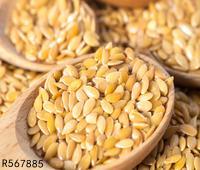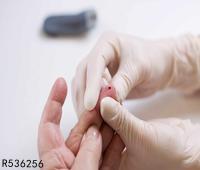刚果民主共和国被黄热病入侵!
2016-12-01 11:11 来源:网友分享
世界卫生组织(who)4月11日的报告称,刚果民主共和在2016年1月至3月期间,报告了151例疑似病例黄热病,死亡21例。
刚果民主共和的邻国安哥拉感染病例超过1600例,死亡225例。
黄热病引起发热、黄疸、出血,部分出现肾功能损害、衰竭。通过伊蚊传播,主要为埃及伊蚊,和寨卡病毒传播的蚊媒类似。主要在撒哈拉以南非洲和南美洲流行。
on 22 march 2016, the national ihr focal point of the democratic republic of congo (drc) notified who of cases of yellow fever (yf) in connection with the outbreak currently occurring in angola.
from early january to 22 march 2016, a total of 151 suspected cases of yf, including 21 deaths (cfr: 14%), were reported by the national surveillance system. of the 151 suspected cases, 9 were confirmed by serology (igm) at the institute national biomedical research (inrb) in kinshasa. given possible cross-reactions with other arboviruses, igm positive samples were sent to the pasteur institute of dakar for confirmation where 4 tested positive for the infection. of the 4 cases confirmed in dakar, 3 were imported from angola and were detected in the areas of nsona-pangu, kimpese and kitona in kongo central province (formerly, bas-congo), drc. this province shares borders with angola.
yellow fever has taken a heavy toll in angola
扩展阅读:
一、黄热病的症状
潜伏期3~6天。多数受染者症状较轻,可仅表现为发热、头痛、轻度蛋白尿等,持续数日即恢复。重型患者只发生在约15%的病例。病程经过可分为4期。
1.感染期
急起高热伴有寒战、剧烈头痛及全身痛,明显乏力、食欲不振、恶心、呕吐、腹泻或便秘等。患者烦躁不安,结膜充血,面、颈潮红。心率与发热平行,以后转为相对心搏徐缓。本期持续约3天,此时病毒在血中达高滴度,成为蚊虫感染的来源。期末可有轻度黄疸、蛋白尿。
2.缓解期
发热部分或完全消退,症状缓解,持续数小时至24小时。
3.中毒期
发热与症状复现,且更加重。此期毒血症消退,出现肝、肾、心血管功能损害以及出血症状。血清胆红素明显升高,凝血酶原时间延长,蛋白尿、少尿与氮质血症的程度和病情成正比。本期突出症状为严重的出血如齿龈出血、鼻出血、皮肤黏膜淤斑、胃肠道、尿道和子宫出血等。心脏常扩大,心搏徐缓,心音变弱,血压降低。常伴有脱水、酸中毒,严重者出现谵妄、昏迷、尿闭、顽固性呃逆、大量呕血、休克等。本期持续3~4天或2周。常在第7~10天发生死亡。
4.恢复期
体温下降至正常。症状和蛋白尿逐渐消失,但乏力可持续1~2周或更久。此期仍需密切观察心脏情况,个别病例可因心律不齐或心功能衰竭死亡。存活病例一般无后遗症。
















 1
1 2
2 3
3 4
4 5
5